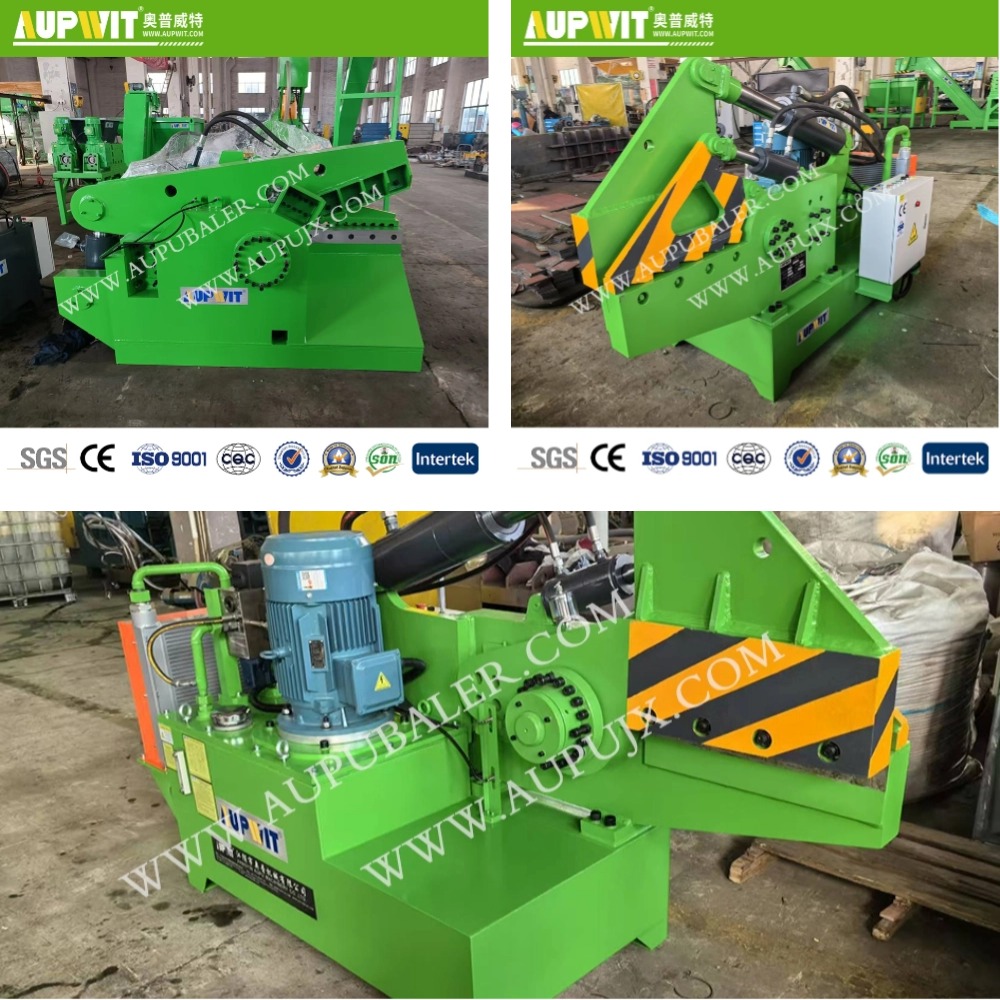1. Adjust according to material properties
The thickness, hardness, toughness and other characteristics of the material directly affect the cutting parameters. For thicker metal materials, a larger shear angle is required to reduce the shear force and prevent excessive wear or damage to the tool. At the same time, the cutting speed should be reduced and the feed rate should be increased to allow the tool to cut more material per unit time, but care should be taken to avoid rough cutting surfaces due to excessive feed rate. On the contrary, for thinner materials, a smaller shear angle, higher cutting speed and smaller feed rate should be used to ensure cutting accuracy and quality. When the material hardness is high, it is necessary to select a suitable tool material and reduce the cutting speed to prevent the tool from wearing too quickly; for materials with good toughness, the cutting speed and feed rate can be appropriately increased, but care should be taken to control the cutting depth to avoid deformation or tearing of the material.
2. Set according to tool performance
Tools of different materials and types have different cutting performance. For example, carbide tools have high hardness and good wear resistance, so higher cutting speeds and feed rates can be used; high-speed steel tools have good toughness but relatively low hardness, so the cutting speed and feed rate should be appropriately reduced. At the same time, the size and edge shape of the tool will also affect the cutting effect, and the parameters need to be adjusted according to the actual situation. If the tool edge is blunt, the cutting speed and feed rate should be reduced, otherwise the cutting surface may be uneven or burrs may be generated.
3. Reference equipment capacity setting
The power, rigidity, transmission system and other performance of the equipment limit the range of cutting parameters. Equipment with high power and good rigidity can provide greater cutting force and more stable operation state, and can use larger cutting speeds, feed rates and cutting depths; while equipment with low power or insufficient rigidity needs to select smaller parameters to avoid equipment overload or vibration, which affects the cutting quality and equipment life.
4. Test cutting and optimization
Before formal production, test cutting is used to verify the rationality of the parameters. Observe the quality of the cutting surface, such as whether it is flat, whether there are burrs, cracks, etc.; measure the accuracy of the cutting size to see if it meets the requirements; check the wear of the tool. According to the test cutting results, fine-tune and optimize the parameters until a satisfactory cutting effect is achieved.








